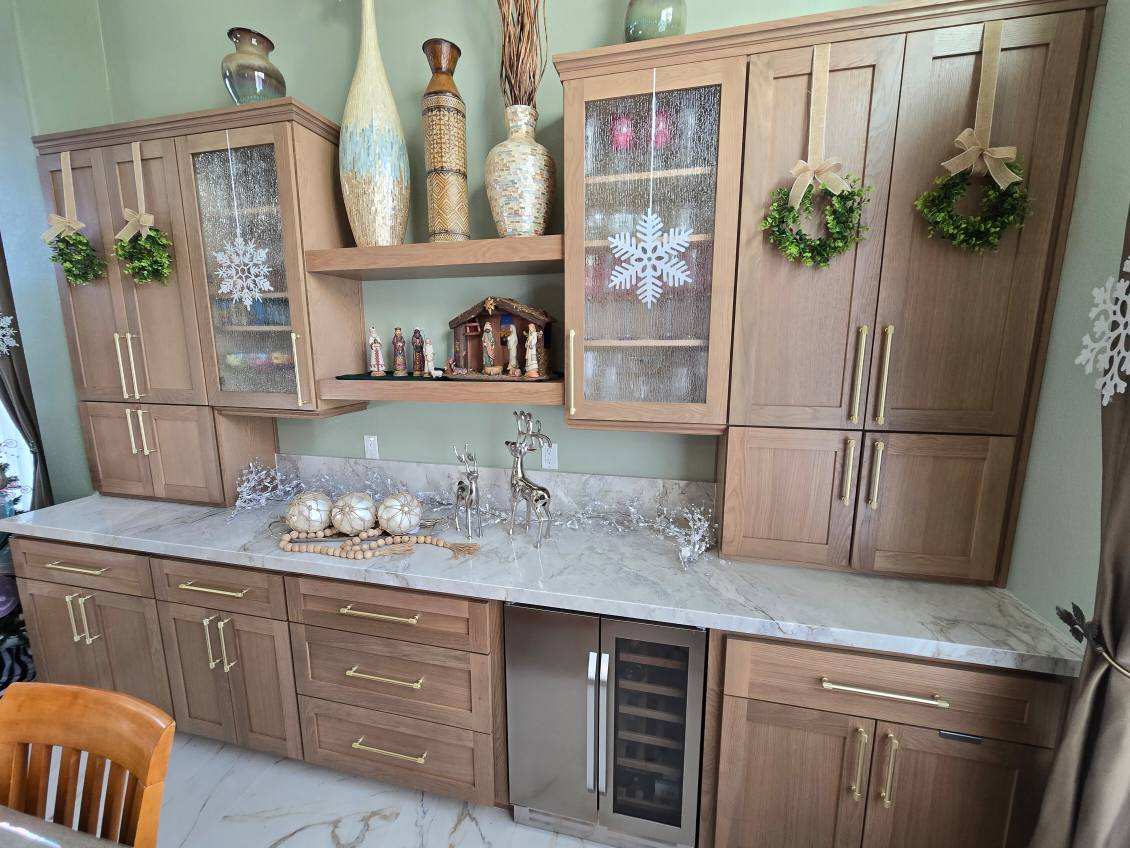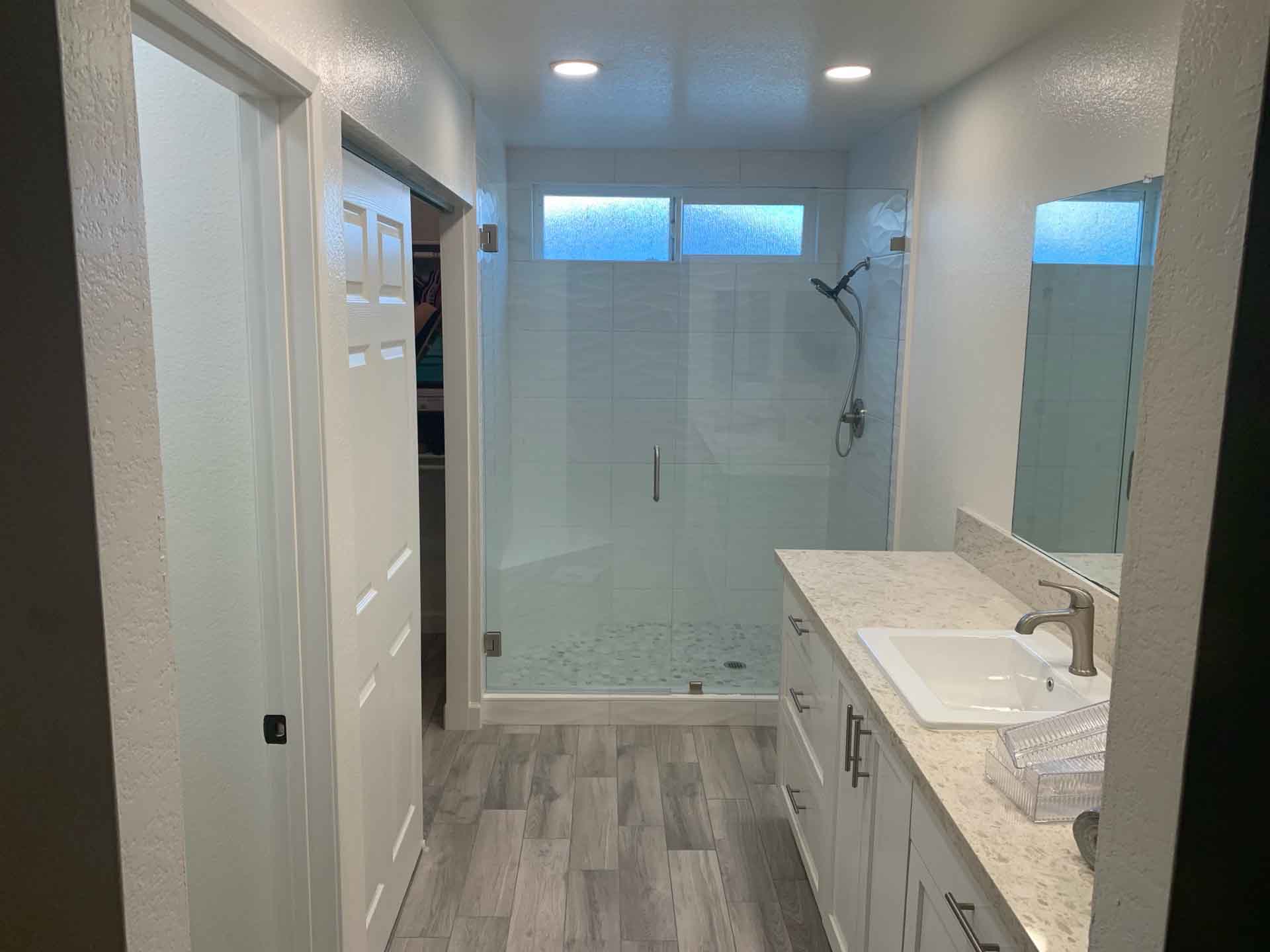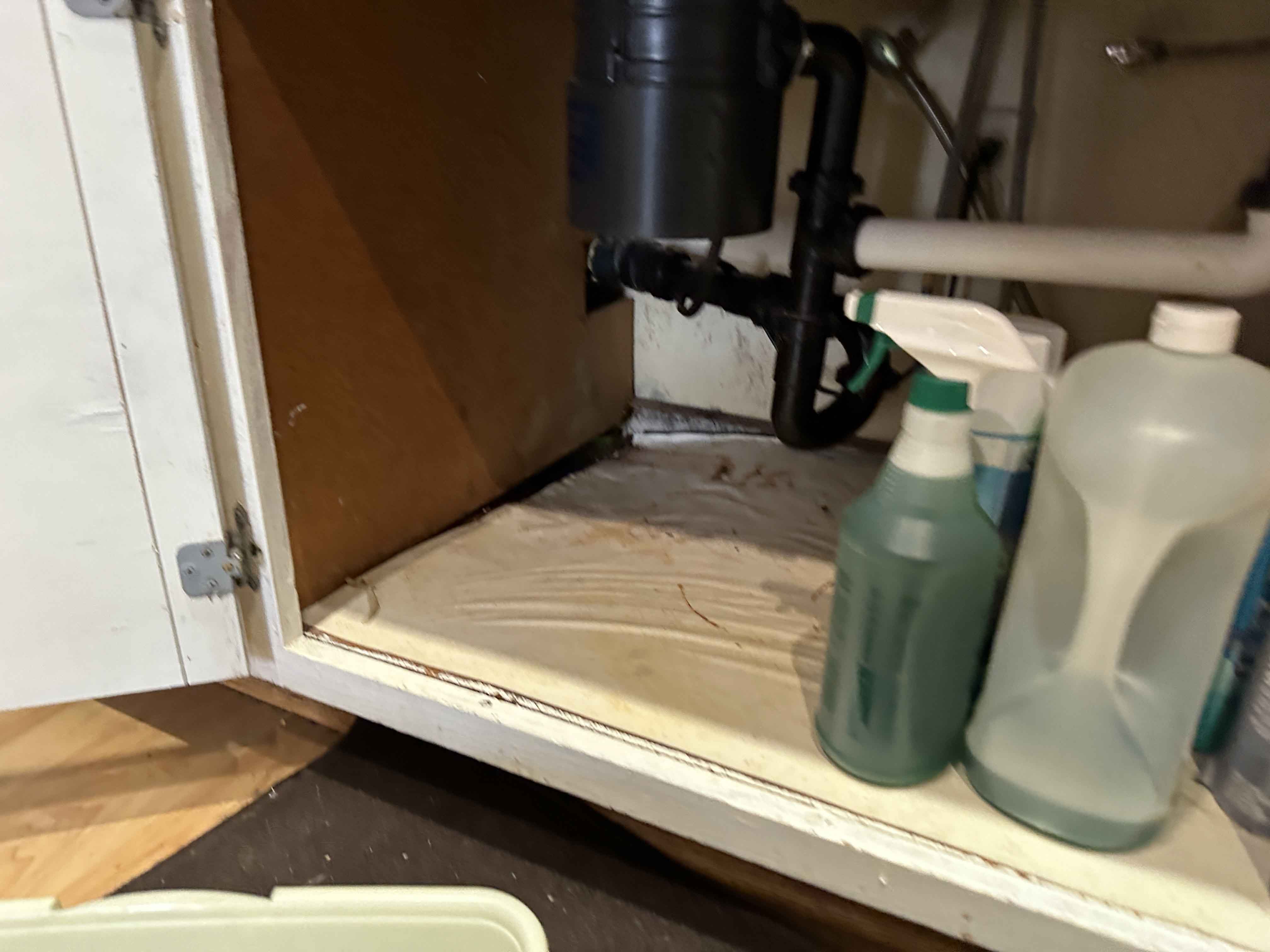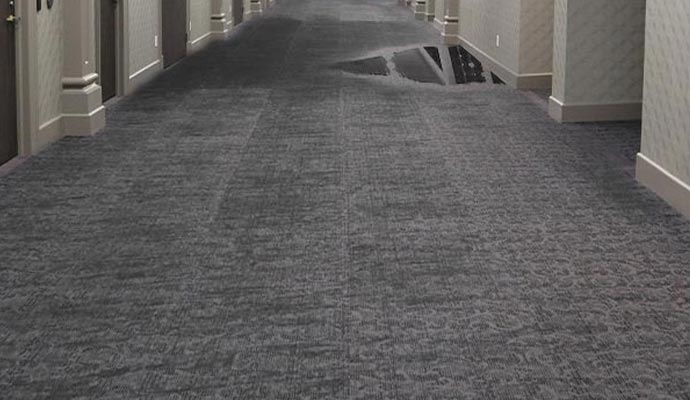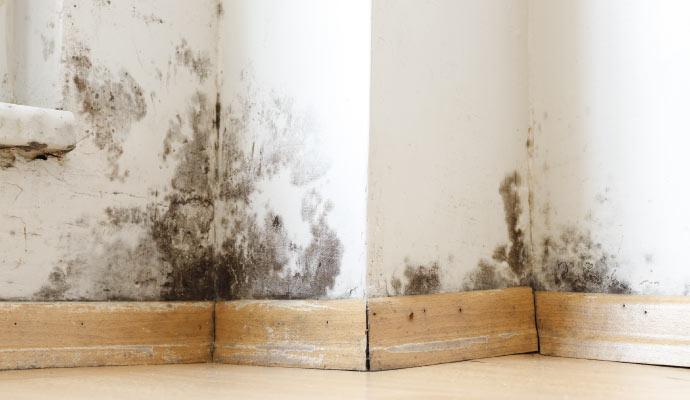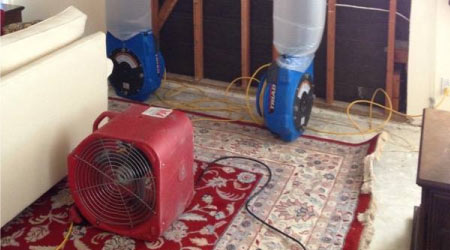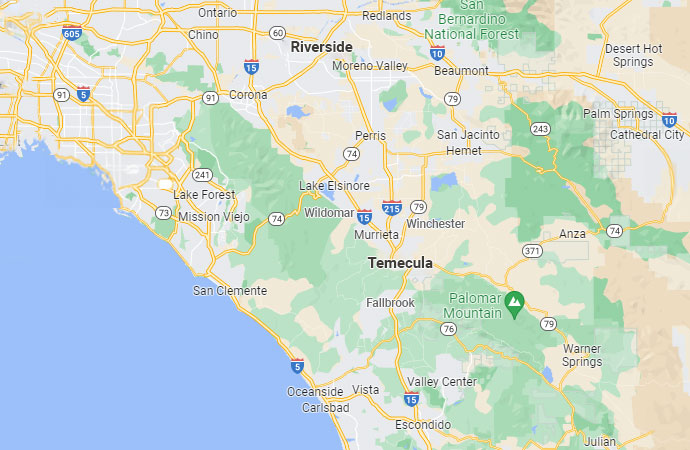Your Ultimate Guide to Understanding Water Damage
A Comprehensive Guide to Water Damage Restoration

Water damage is an all too common and often distressing problem that many property owners face. It is the stuff that nightmares are made of. The unforeseeable and destructive nature of a fast moving water leak can be dizzying at best. And whether caused by a burst pipe, a leaking roof or natural disasters like floods, the severity of water damage can vary significantly. A critical component of understanding the different categories of water damage and implementing appropriate restoration approaches is essential to minimize the extent of destruction and ensure a safe and habitable environment.
Category 1: Clean Water Damage - Category 1 water damage involves water from a clean source, such as a broken water supply line or a faucet leak. This water is considered relatively safe, as it does not pose an immediate and critical threat to human health. Restoration efforts for Category 1 water damage primarily focus on prompt extraction and thorough and effective drying techniques. Utilizing high-powered fans, dehumidifiers, and specialized water extraction equipment can help prevent secondary and devastating issues like mold growth.
Category 2: Grey Water Damage - Category 2 water damage refers to water that contains a certain level of contaminants, highly detrimental to human health and making it potentially harmful if ingested or exposed to the skin. This type of water damage can result from malfunctioning appliances, overflowing washing machines, or backed-up sewage. Besides water removal and drying, restoration specialists need to take extra precautions when handling Category 2 damage. Personal protective equipment should be worn, and affected materials, such as carpets and padding, may need to be disposed of to prevent health hazards. This category can be very common and equally dangerous in its nature of contaminants.
Category 3: Black Water Damage - The most severe and hazardous type of water damage is Category 3, also known as black water damage. This water is highly contaminated, often containing harmful pathogens, toxic chemicals, and raw sewage. Black water damage can result from natural disasters, sewage backups, or flooding from rivers or streams. Restoration efforts for Category 3 damage require a highly trained and specially equipped team. Professionals must wear full protective gear and utilize specialized techniques to remove contaminated materials safely. Thorough disinfection and sanitization of affected areas are paramount to restore a healthy living environment.
Water damage can be swift and devastating. It cannot be understated that the contaminants in most water leaks can be very dangerous if handled. This is not a situation that anyone should take lightly. It takes a well trained, highly qualified resource to effectively assess and treat a water leak.
It is clear that water damage can vary from relatively harmless to extremely dangerous, depending on the source and level of contamination. Swift and appropriate restoration approaches are crucial to prevent further deterioration of the property and safeguard the health of occupants. If faced with water damage, it is essential to categorize the extent of the damage accurately and seek professional restoration services accordingly. Remember that water damage restoration is not a DIY project; hiring experienced professionals ensures that the appropriate restoration methods are employ

